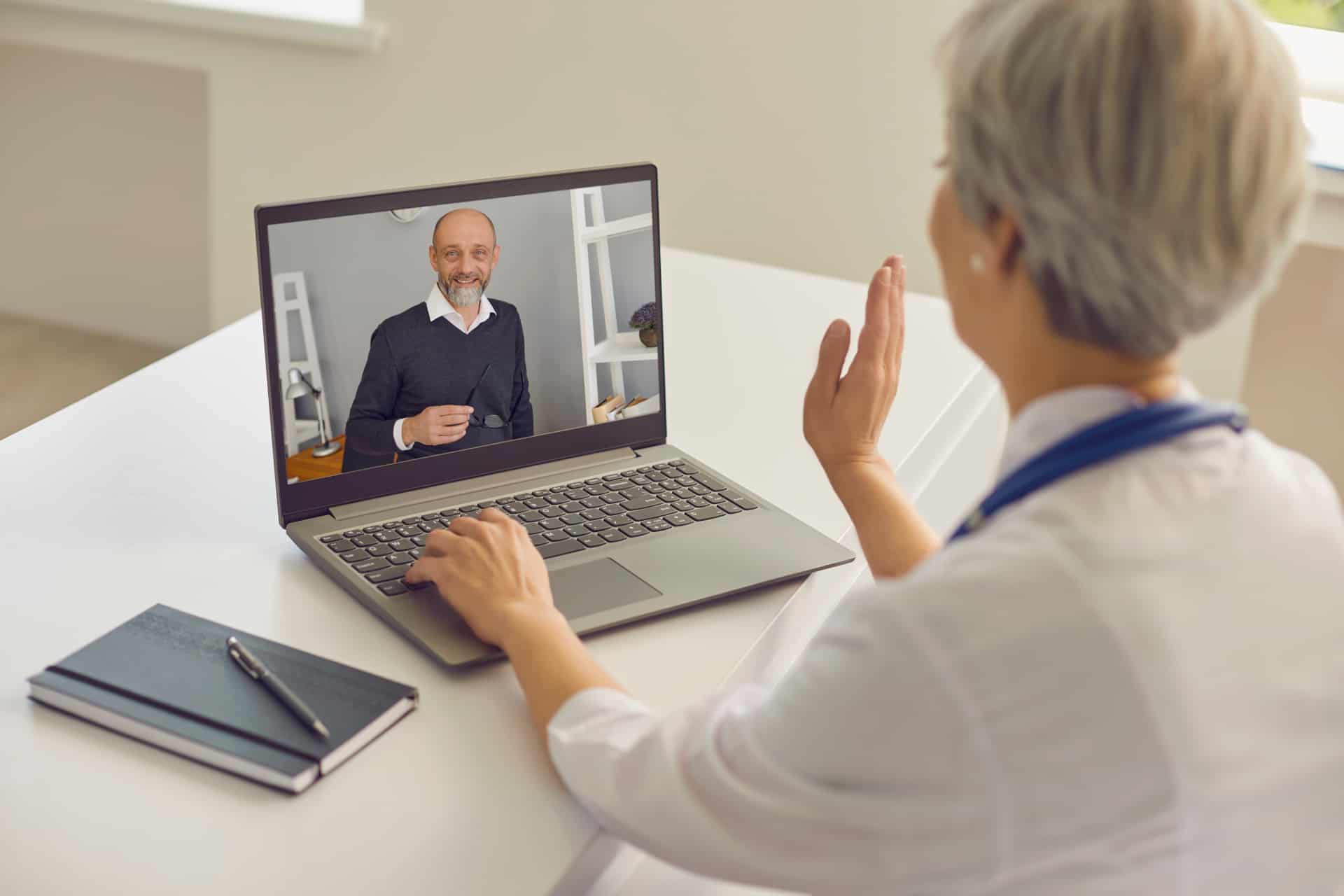Virtual Eye Clinic
Assess your patient’s vision during video consultations
What is Optonet’s Virtual Eye Clinic?

A web-based platform to assess visual function during online video consultations.
Key Benefits as an adjunct to in-person care
Appointments
Lowering the number of non-attendance and face-to-face appointments.
Costs & Efficiency
Cost reduction for both eye care providers and patients (e.g., travel costs), whilst increasing efficiency.
Waiting times
Reducing waiting times, freeeing up more time in a clinician’s day
Patient’s Convenience
Removing the need to travel thus reducing work and school absences and overall time invested in attending appointments. Enhancing patient satisfaction and communication with eye care providers.
Staff Management
Greater control over workload. Increased staff retention and practice capacity by flexible and remote ways of working. Allowing staff with underlying health conditions to continue clinical work in a safe environment.
Quality of Care
Improving access to eye care and the ability to detect diseases at an early stage using triage while reducing the risk of infection. Continuity of care and better monitoring of ocular conditions.
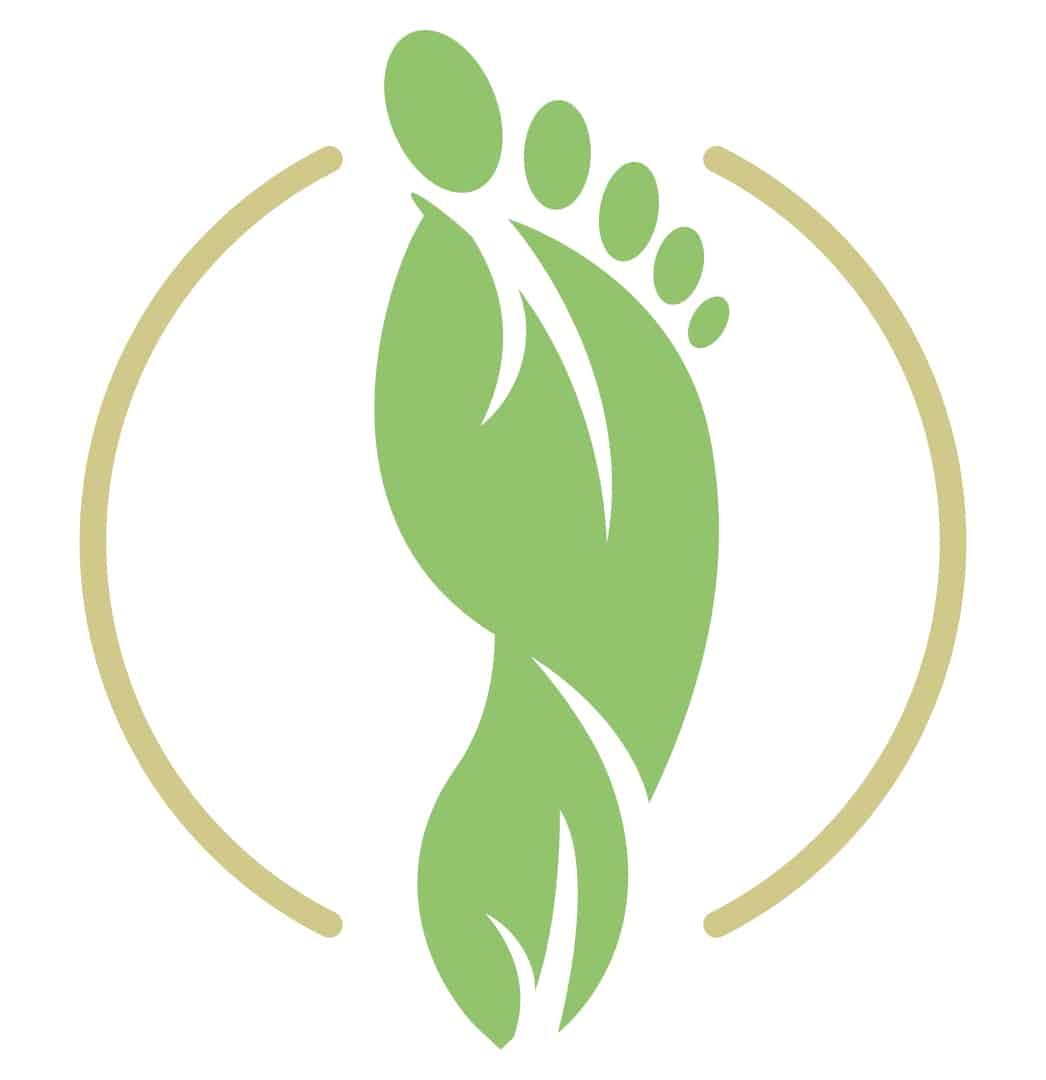
Optonet Virtual Clinic helps reducing Carbon Footprint
Where can a Virtual Eye Clinic be implemented?
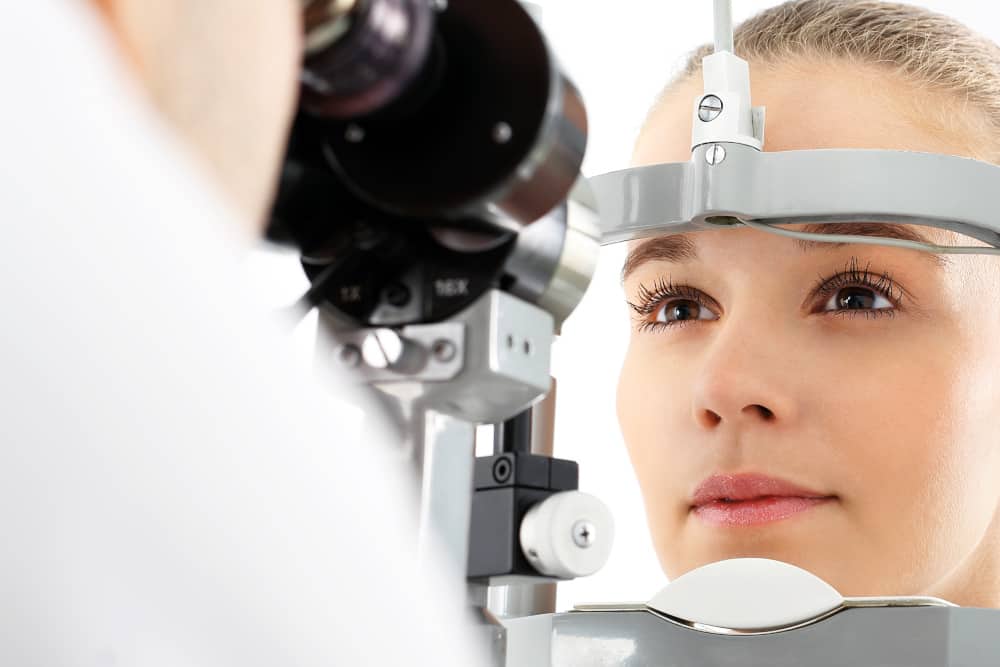
Ophthalmology
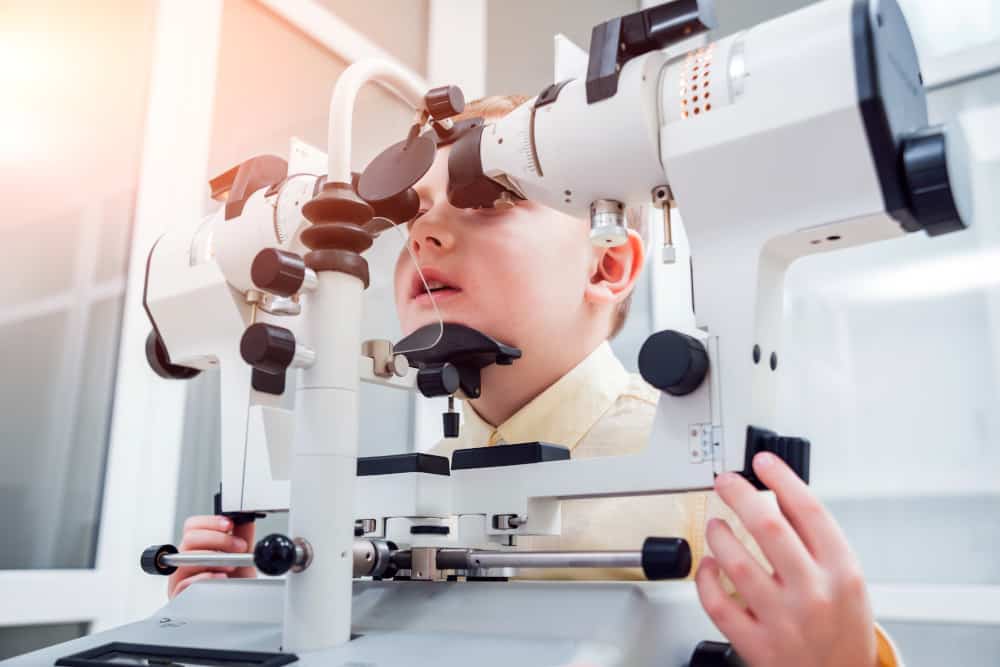
Orthoptics

A&E services
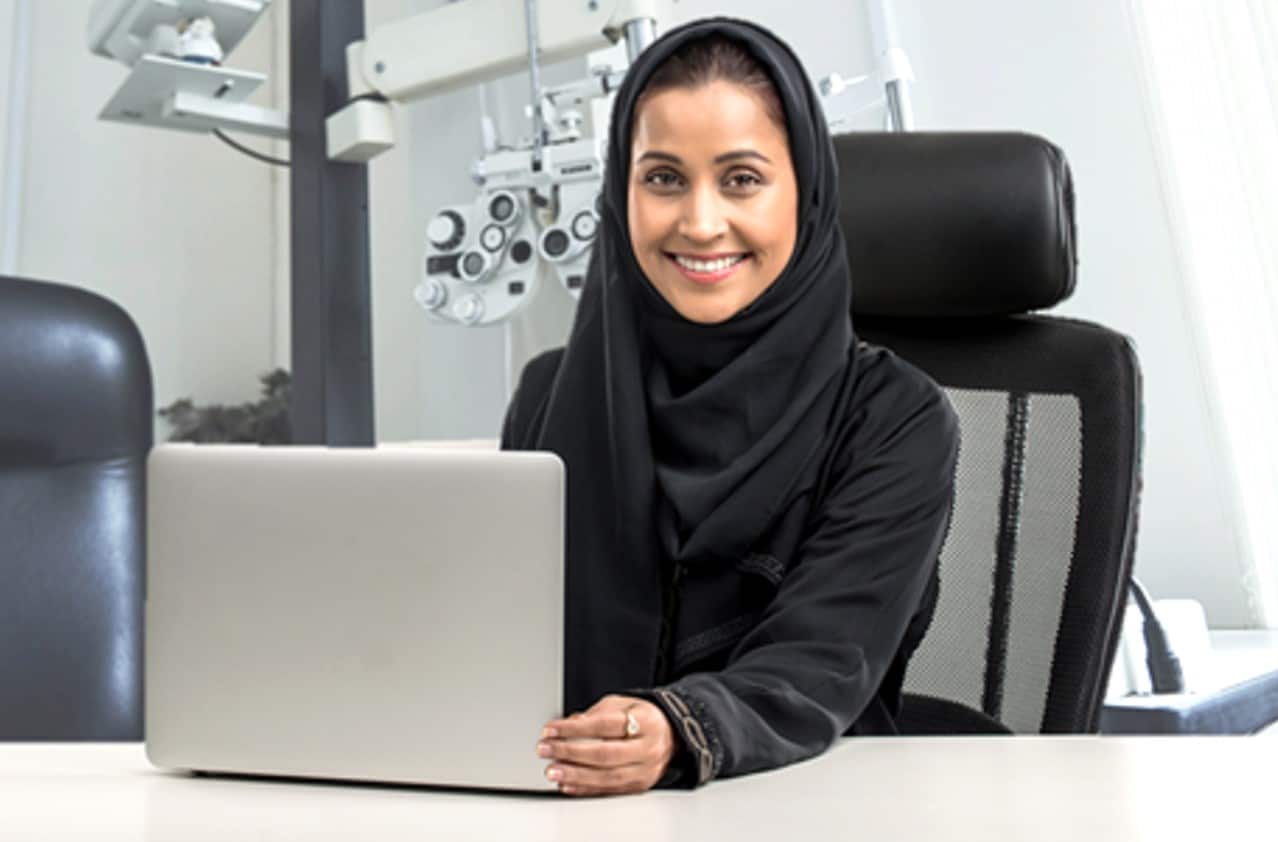
Optometry

Medical Centres

Neurology

Screening
Examples of remote eye care
Symptomatic patients
Delivering remote eye care and triage to symptomatic patients
Screening
Vision screening for children, Diabetic eye screening…
Monitoring & Continuity of Care
Remote patient monitoring (Amblyopia and binocular vision treatments, AMD, post cataract surgery, glaucoma, contact lens aftercare….)
Improve acces to eye care
Improved access to eye care for remote , rural, limited mobility, and special needs (SEND) patients
Accident and Emergency (A&E) services
To determine which patients really need to come into the hospital for further assessment
VDU Users
Video Terminal Display users’ related symptoms
A recent research study* found that more than three-quarters (78.6%) of patients managed through a virtual A&E consultation eye clinic avoided hospital attendance.
Mean patient wait time in the virtual waiting room was 6 min compared with mean of 2 hours for an in-person visit.
The study concluded that ophthalmic video consultations in A&E can successfully reduce unnecessary hospital visits and be cost-effective and time-efficient for both patients and doctors.
What can be tested remotely?
LogMAR Visual Acuity

ETDRS logMAR

Symmetrical

Broken Glasses

Kay Pictures ®
Other Visual Functions

Colour Vision

Visual Fields

Binocular Vision
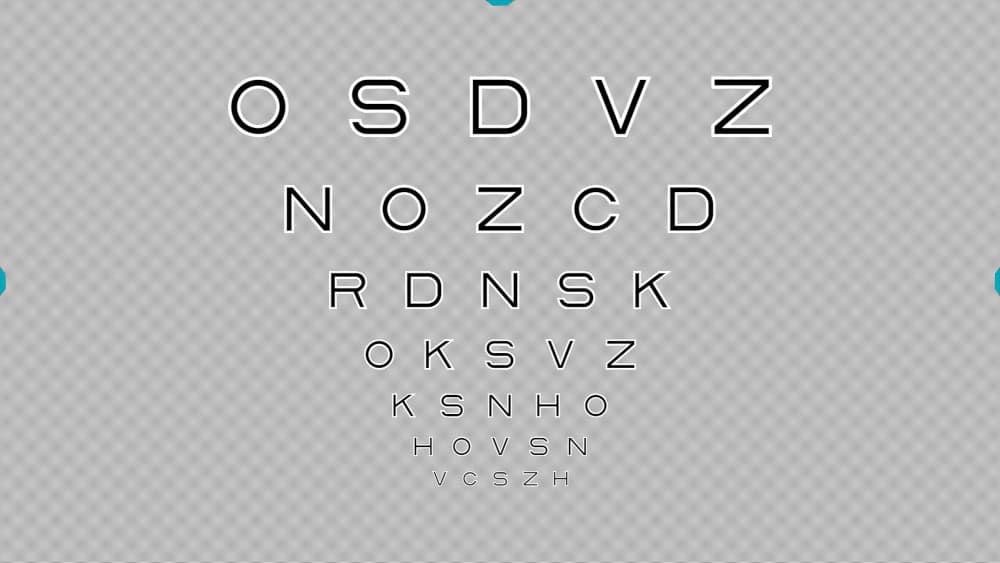
Ocular Health
Remote Vision Charts
Why Optonet?
In partnership with NHS Scotland, Optonet has developed a system to assess visual function remotely. Our aim is to provide a professional & honest approach to Remote Eye Care.
Evidence-based
Remote ETDRS visual acuity measurements with Optonet has shown to equate to ETDRS VA taken in the clinic.
External Eye Imaging
Capable of taking high resolution images of the external eye and adnexa during the virtual consultation.
Standard Vision Charts
The same standard charts used in the consulting room can also be displayed remotely for patients at home.
Automated Calibration System
Screen size and Viewing Distance are calibrated automatically with AI face detection technology (patients are not required to make any measurements!)
Compatible with any digital device
A comprehensive suite of vision charts, compatible with virtually any digital device at home: phones, tablets, computers, streaming media players, etc… to ensure patient inclusion and equality.
Video Consultation
The Zoom* video platform is integrated as an option to interact with the patient. However, clinicians can choose to use their usual video platform, and open the Optonet system on the side, as an add-on to assess visual function.
Low cost
A very affordable solution, with no investment, no commitment, and free for developing countries.
Secure
In compliance with NHS requirements
Zoom has the National Cyber Security Centre’s (NCSC’s) Cyber Essentials Plus certification and aligns with the NHS’ Digital Technology Assessment Criteria (DTAC) and DBC0129 standards – in addition to having gained ISO/IEC 27001:2013, SOC 2 + HITRUST and Common Criteria certification.
Patients shift from:
%
use of telehealth in 2019
%
now interested in using telehealth
Free Trial
To start offering a virtual eye clinic as an alternative or complement to in-person appointments, click here:

